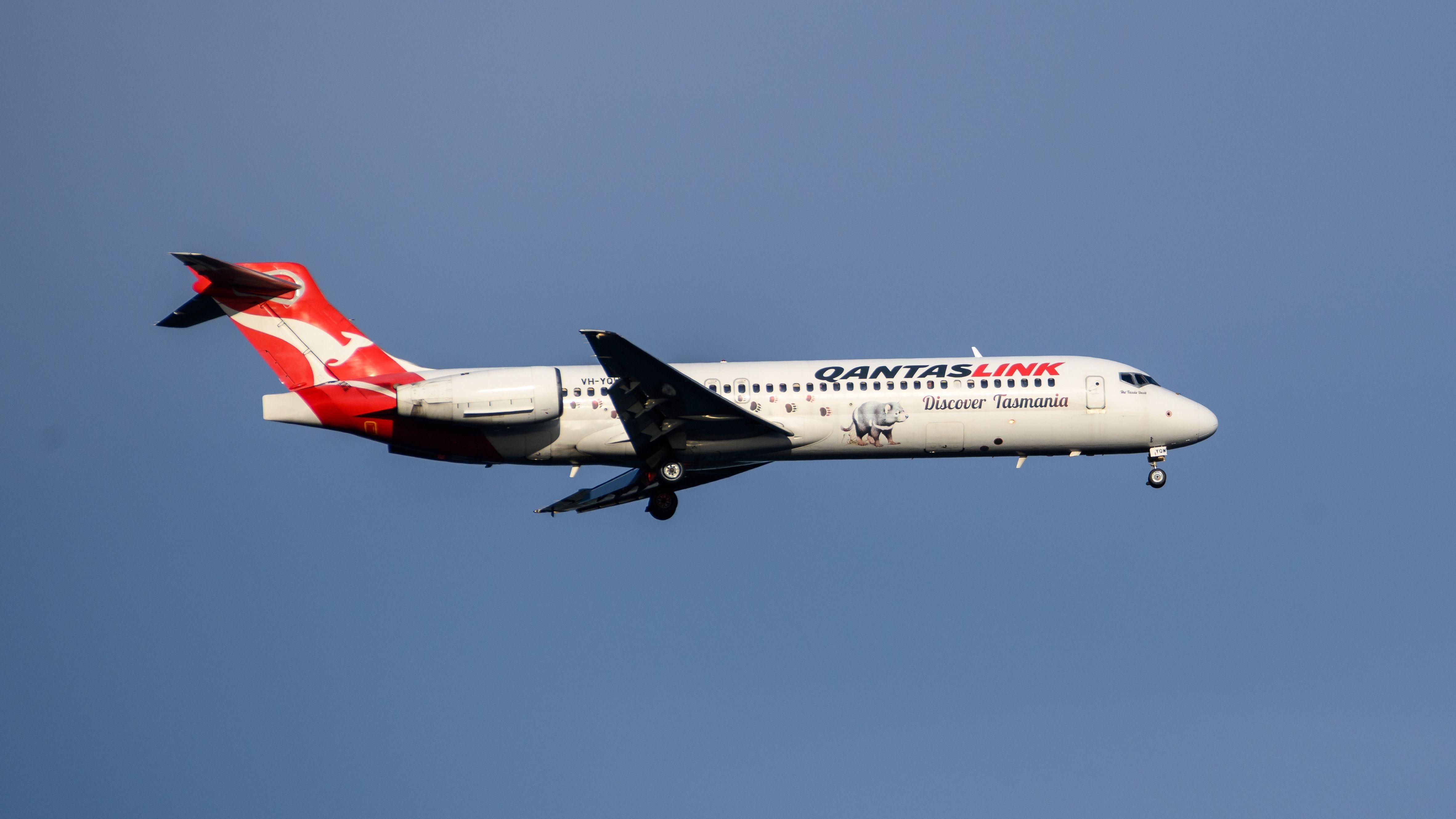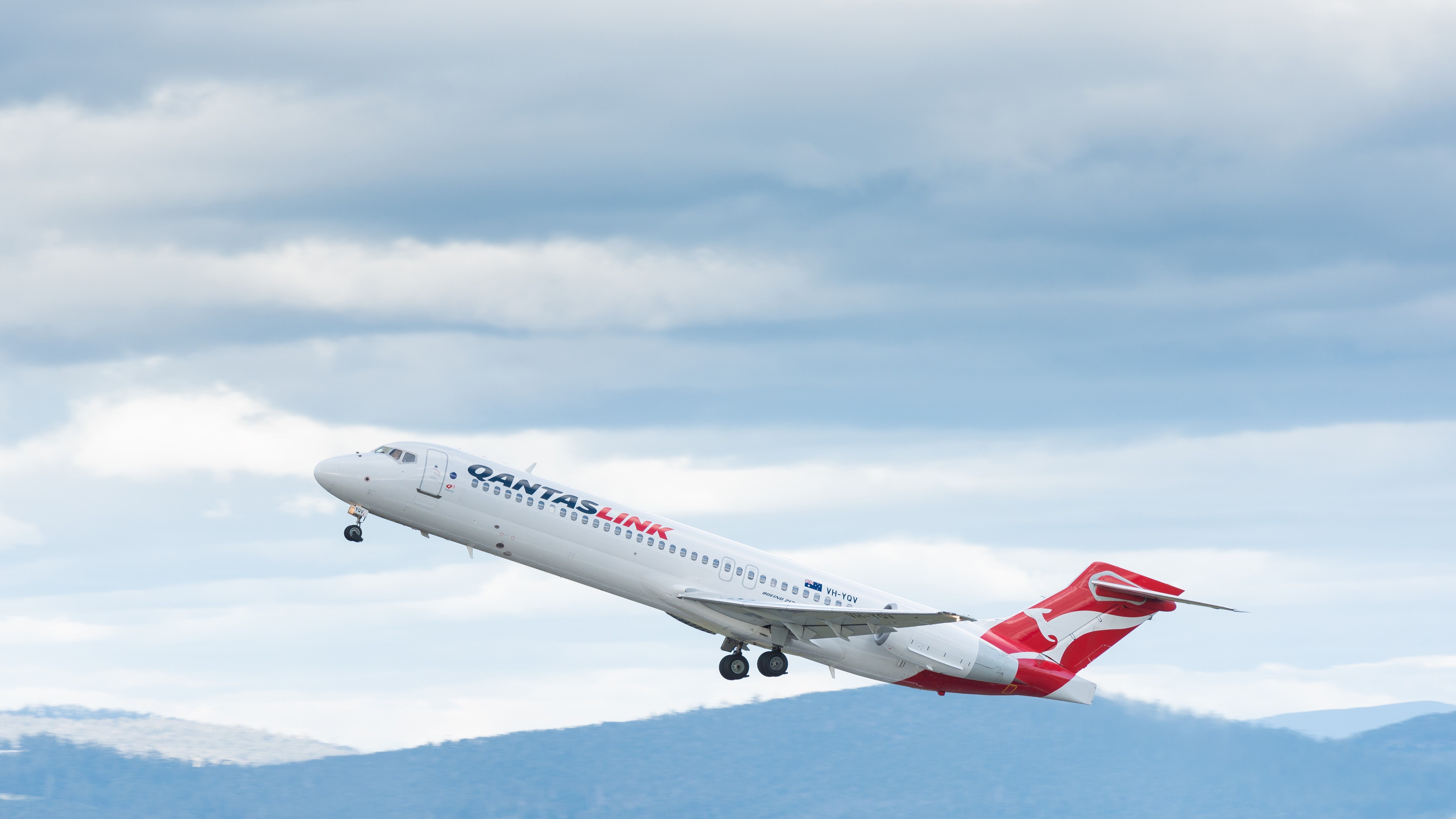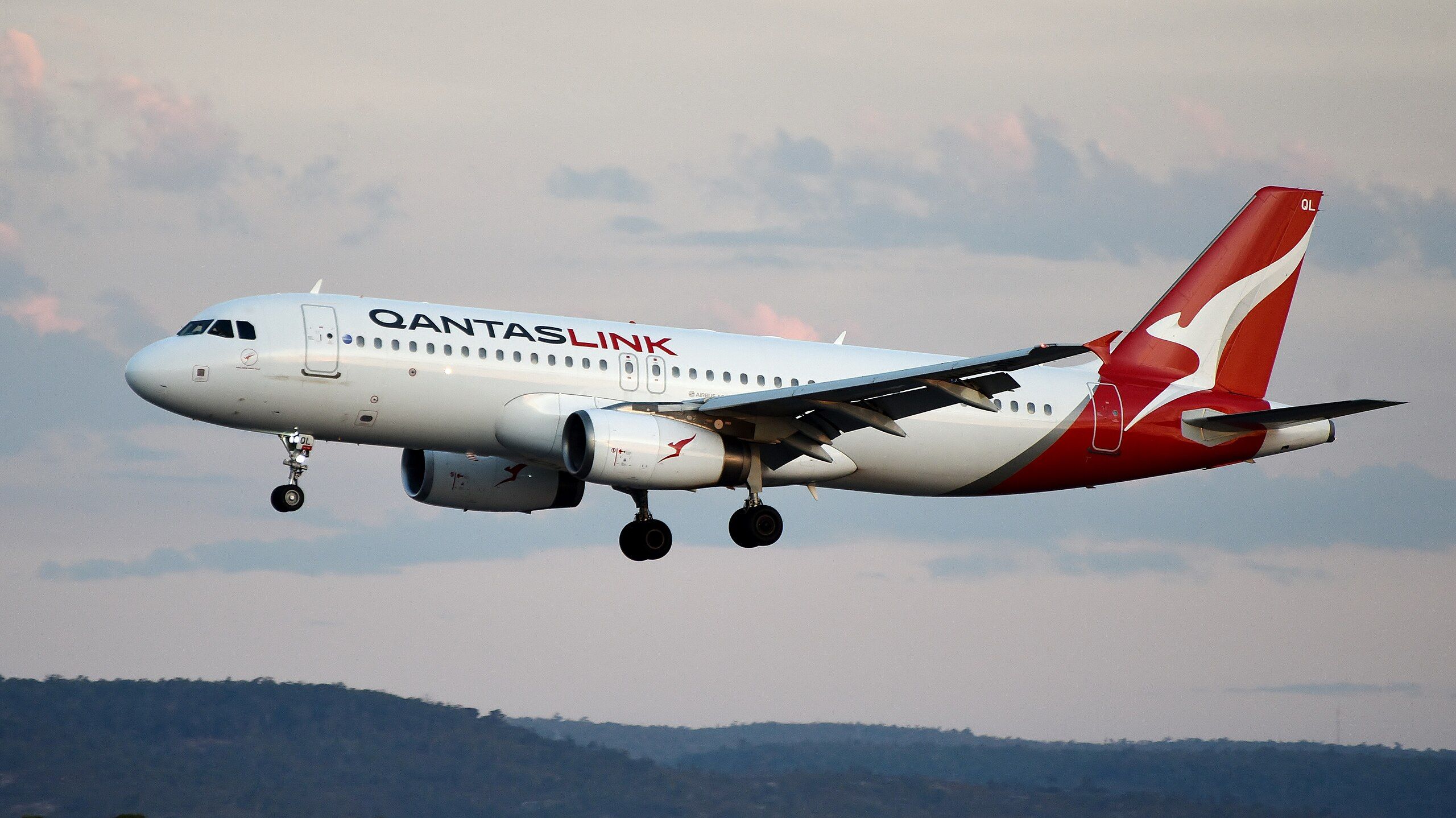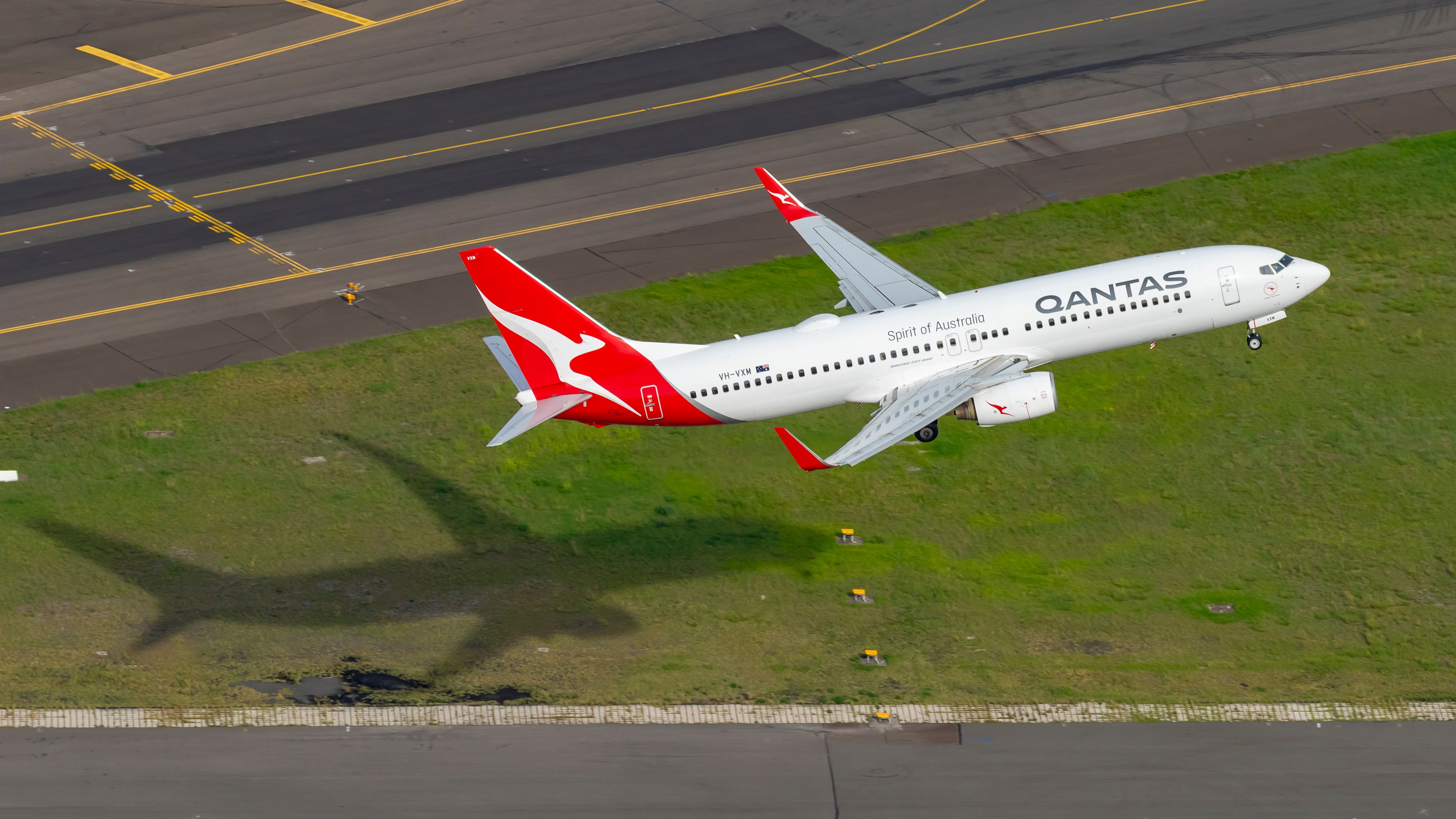Summary
- QantasLink is a regional brand of Australian airline Qantas and connects Australia's smaller cities and towns to larger Qantas ports using a variety of aircraft sizes.
- While passengers may not notice many differences between Qantas and QantasLink in terms of the passenger experience, Qantas primarily flies its own planes, while QantasLink's fleet comes from various corporate operating structures.
- QantasLink includes subsidiaries and operators such as Network Aviation, National Jet Systems, Sunstate Airlines, and Eastern Australia Airlines, each contributing its own aircraft to the QantasLink fleet.
The Qantas Group runs a stable of airlines, the best known being the Qantas brand. Alongside Jetstar, another brand is regional carrier QantasLink. With an Australia-wide network and a few regional international destinations, QantasLink flies routes the bigger Qantas planes cannot profitably operate on. But beyond that, there are a few differences between Qantas and QantasLink, and most are not immediately apparent.
Different routes and different fleets
QantasLink is a regional brand of Australian airline Qantas established at the turn of the millennia. Mainline carrier Qantas primarily flies between Australian capital cities, along with a handful of key regional airports (for example, Gold Coast, Alice Springs, Launceston, and Cairns). Qantas passengers flying around Australia will mostly find themselves on either a Boeing 737-800 or Airbus A330.
On the other hand, QantasLink connects Australia's many smaller cities and towns to the larger Qantas ports. QantasLink has its own fleet of planes, including Airbus A320s, Boeing 717s, Fokker 100s, Embraer ERJ-190s and De Havilland Dash 8s. The variety of aircraft sizes means QantasLink can rightsize planes to a particular market. The Airbus A320 and Fokker 100 aircraft focus (though not exclusively) on charter and fly-in-fly-out work.
Inflight, most passengers won't notice much difference between the two brands. Qantas has a few more bells and whistles - for example, inflight WiFi and business class across all its aircraft. But aspects like crew uniforms, catering, and the whole Qantas shtick are reasonably consistent across the two brands.
The two airlines offer seamless connectivity. If I boarded a QantasLink flight in Port Lincoln (PLO) to fly to Adelaide (ADL) to connect to a Qantas Melbourne (MEL) bound flight and onwards to Los Angeles (LAX) on a Qantas Dreamliner, my bags would disappear at PLO and I would have issued boarding passes there for the entire flight.
Differences emerge when digging past the surface
But dig beyond the passenger experience surface, and differences start to emerge between Qantas and QantasLink. Perhaps the biggest one is that Qantas primarily flies its own planes - the mainline carrier owns the majority of its aircraft and hires staff to fly and maintain them. There are some exceptions, including a couple of leased Boeing 737-800s, a single A330 and a trio of recently-delivered Dreamliners.
However, the QantasLink fleet comes from a grab bag of corporate operating structures. Flying under QantasLink colors are:
- 15 Airbus A320-200s
- 14 Boeing 717-200s
- 50 De Havilland Dash 8s
- 26 Embraer ERJ-190s
- 18 Fokker 100s
Network Aviation is the sole operator of the Airbus aircraft. Network Aviation is a West Australian-based company providing air charter services and a wholly-owned subsidiary of the Qantas Group. QantasLink's 14-strong fleet of Boeing 717-200s is operated by National Jet Systems - in 2020, National Jet Systems became a wholly-owned subsidiary of the Qantas Group, bringing the 717s under Qantas' ownership and control.
Network Aviation is also the operator of the 18-strong QantasLink Fokker 100 fleet. Primarily flying out of Perth (PER), the Fokkers fly miners to remote sites around Western Australia. The Dutch-made aircraft perform surprisingly well on what folks style 'dirty flights' to rough and ready remote airstrips.
Sunstate Airlines & Eastern Australia Airlines live on
QantasLink also flies a varied fleet of Bombardier Q400, Q300, and 200 series turboprop aircraft. For most people, these are the aircraft most associated with the QantasLink brand.
The 31 Q400s are operated by Sunstate Airlines, a former Queensland-based regional airline. Australian Airlines acquired Sunstate Airlines in 1990, and Australian Airlines was absorbed into the Qantas stable two years later. In 2001, Sunstate Airlines was one of several Qantas regional airlines rebranded as QantasLink. The Sunstate Airlines brand has disappeared, but the company still exists as a Qantas-owned operating entity.
Discover more aviation news with Simple Flying.
It is a similar story at Eastern Australia Airlines, a Sydney-based regional airline that Australian Airlines picked up in 1991. Also rebranded to QantasLink in 2001, Eastern Australia Airlines continues to be the operating entity of the 15 Q300s, one Q200, one Dash 8-300, and two Dash 8-200s now in the QantasLink fleet.
New fleet additions
QantasLink's Embraer ERJ-190s are a more recent addition to the fleet. Operated on wet lease by Alliance Airlines, the jets were first acquired in the summer of 2021 to boost capacity. QantasLink has options for another dozen of the Brazilian-made jets if it needs to boost capacity further, and recently chose to exercise four of those.
In fact, Qantas had been interested in taking over Alliance Airlines but recently abandoned its bid after facing resistance from Australia's competition regulator. Because of the myriad operators and corporate entities, QantasLink can be a tougher airline to get a handle on than the mainline Qantas brand. But the Qantas Group has done a good job bringing the two brands together.
Have you flown with both Qantas and QantasLink before? What were the main differences you noticed? Let us know your stories in the comments.





_de_Havilland_Canada_DHC-8-202_taxiing_at_Wagga_Wagga_Airport.jpg)